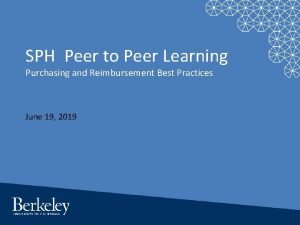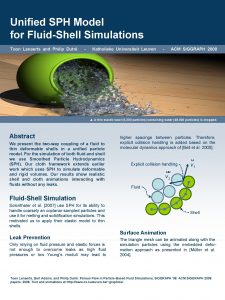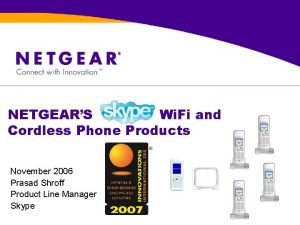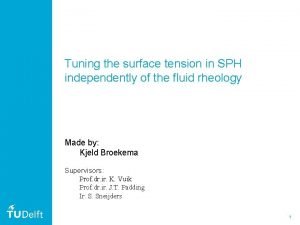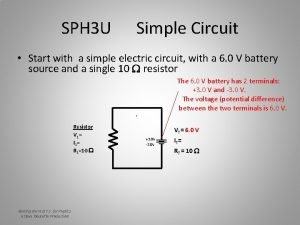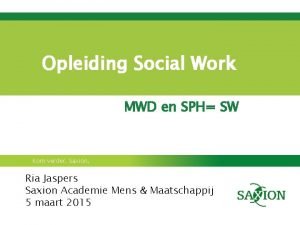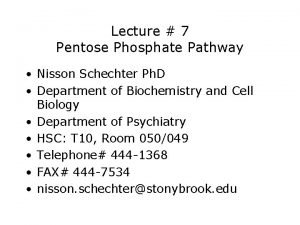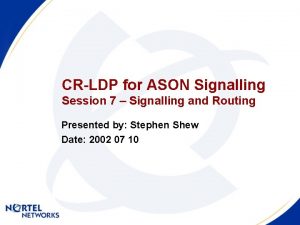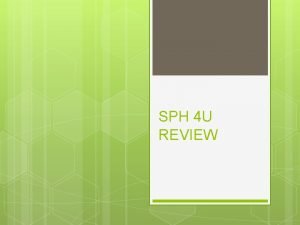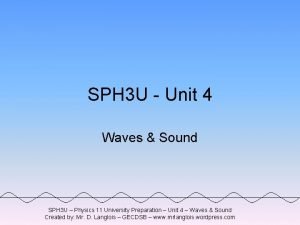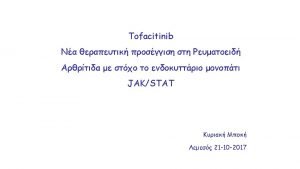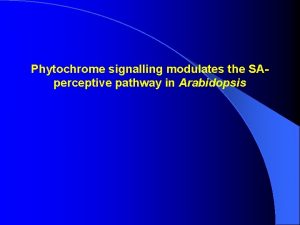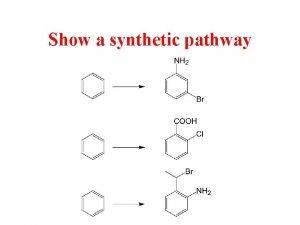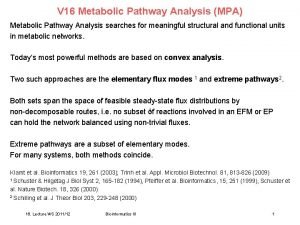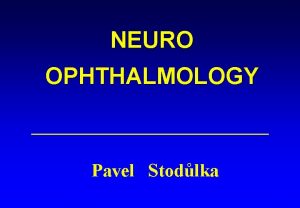Importance of SPH 2 in RASMAPK signalling pathway

















- Slides: 17

Importance of SPH 2 in RAS/MAPK signalling pathway in NF 1 nondystrophic scoliosis Presenter: Miral Mahmood Mentor: Ning Zhang

Importance of SPH 2 in RAS/MAPK signalling pathway in NF 1 nondystrophic scoliosis

Introduction: What is Neurofibromatosis?

Key Components for our experiment: ● Osteochondroprogenitor cells ● Chondrocytes ● SHP 2 ● RAS/MAPK signalling

● Osteochondroprogenitor cells: Blood cells Muscle cells BONE CELLS


Chondrocytes (cells found in cartilage connective tissue) ● What is cartilage? ● Our focus is on fibrocartileage. ● Why? Found in knees and also in the spine in between the vertebrae

Why chondrocytes and SHP 2? Significance? Importance? ● SHP 2 has been shown to play an important role in regulating chondrocyte function (Bowen et) ● SHP 2 regulates chondrogenesis by influencing multiple RTK and cytokine receptor signalling pathways and the expression of Sox 9 and Runx 2 (Raghevendra et al) ● Sox 9 and Runx 2 are transcriptional regulators essential for articular cartilage fromation (Lefebrvre)

What we don't know: ● We still don’t understand what cells come into play or the pathway involved with nondystrophic scoliosis. ● however we do know that NF 1 MSC cells can be differentiated into chondrocytes as previous studies have demonstrated(Wu et al). ● So now we can hypothesize and continue or experiment by applying similar methods to Kim et al since we have all the key components available: SHP 2 in chondrocytes and a RAS/MAPK signaling pathway.

What we do know (based on previous experiments): ● However we do know that NF 1 MSC cells can be differentiated into chondrocytes as previous studies have demonstrated(Wu et al). ● We do know that SPH 2 disruption has a negative effect of chondrocyte funtion ● So now we can hypothesize and continue or experiment by applying similar methods to Kim et al since we have all the key components available: SHP 2 in chondrocytes and a RAS/MAPK signaling pathway.

RAS/MAPk Pathway: What does shp 2 have to do with this? RAS / RAF / MEK / ERK

Procedure 1. Genetically engineered mice with inducible deletion of SHP 2 in chondrocytes were generated. The SHP 2 function in chondrocytes was inactivated during a juvenile growth stage from the mouse age of 4 weeks. Radiographical, microcomputed tomographic, and histological assessments were used to analyze spinal changes 2. We bred genetically engineered mice with an inducible SHP 2 gene deletion 3. in chondrocytes via tamoxifen administration to control the cell-type and the time of SHP 2 defi ciency. To delete conditionally the SHP 2 genespecifi cally in chondrocytes, we used a transgenic mouse line expressing Cre recombinase under the control of the type II collagen promoter ( i. e. , Col 2 a 1 Cre. ERt 2 mice, provided by Chen et al 3 ), which is inducible by tamoxifen administration. 4. To induce a gene disruption in vivo, we injected tamoxifen into mice via intraperitoneal injection at a concentration of 1 mg per mouse per injection following a previous report. 3 Because the Cre recombinase activity that induces the SHP 2 gene deletion is controlled under the type II collagen promoter after tamoxifen administration, only the cells expressing type II collagen ( i. e. , chondrocytes) will develop the SHP 2 gene disruption.

Results when SHP 2 deficiency was induced during the juvenile stage, a progressive kyphoscoliotic deformity (thoracic lordosis and thoracolumbar kyphoscoliosis) developed within 2 weeks of the initiation of SHP 2 defi ciency.

what you expect to happen. . .

Conclusion We have determined from the experiment above that SHP 2 is a positive regulator of RAS-MAPK signaling. This mouse model is an important tool to study how the SHP 2 deficiency affects RASMAPK signaling in NF 1 specific nondystrophic scoliosis and how it worsens when the RASMAPK signaling is not regulated.

REFERENCES: Germaine L Defendi, Luis O Rohena. Genetics of Neurofibromatosis Type 1 and Type 2. Web. Stevenson DA 1, Schwarz EL, Carey JC, Viskochil DH, Hanson H, Bauer S, Weng HY, Greene T, Reinker K, Swensen J, Chan RJ, Yang FC, Senbanjo L, Yang Z, Mao R, Pasquali M, Bone resorption in syndromes of the Ras/MAPK pathway. Chen H 1, Qiu Y, Chen L, Li L, Chen J, Zhang C, Wang B, Yu Y, Zhu Z, Zhu F, Qian B, Ma W. The expression of neurofibromin in human osteoblasts and chondrocytes. Kim HK 1, Aruwajoye O, Sucato D, Richards BS, Feng GS, Chen D, King PD, Kamiya N. Induction of SHP 2 deficiency in chondrocytes causes severe scoliosis and kyphosis in mice. J. M. Friedman, Epidemiology of neurofibromatosis type 1 Durrani, Abubakar A. MD*; Crawford, Alvin H. MD*; Chouhdry, Sambhu N. MD*; Saifuddin, Asif F. Modulation of Spinal Deformities in Patients With Neurofibromatosis Type 1

QUESTIONS?
 Double cutting in railway signalling
Double cutting in railway signalling Signalling economics example
Signalling economics example Discourse organizing words
Discourse organizing words Object controller railway
Object controller railway Respond to
Respond to Ipx hubbing
Ipx hubbing Wench safety signalling
Wench safety signalling Control and signalling devices
Control and signalling devices Signalling economics example
Signalling economics example Ohsu sph
Ohsu sph Sph toon
Sph toon Sph 4 inches
Sph 4 inches Netgear sph
Netgear sph Sph cah toa
Sph cah toa Sph surface tension
Sph surface tension Sph +3
Sph +3 Social work saxion
Social work saxion Pentose phosphate shunt
Pentose phosphate shunt









